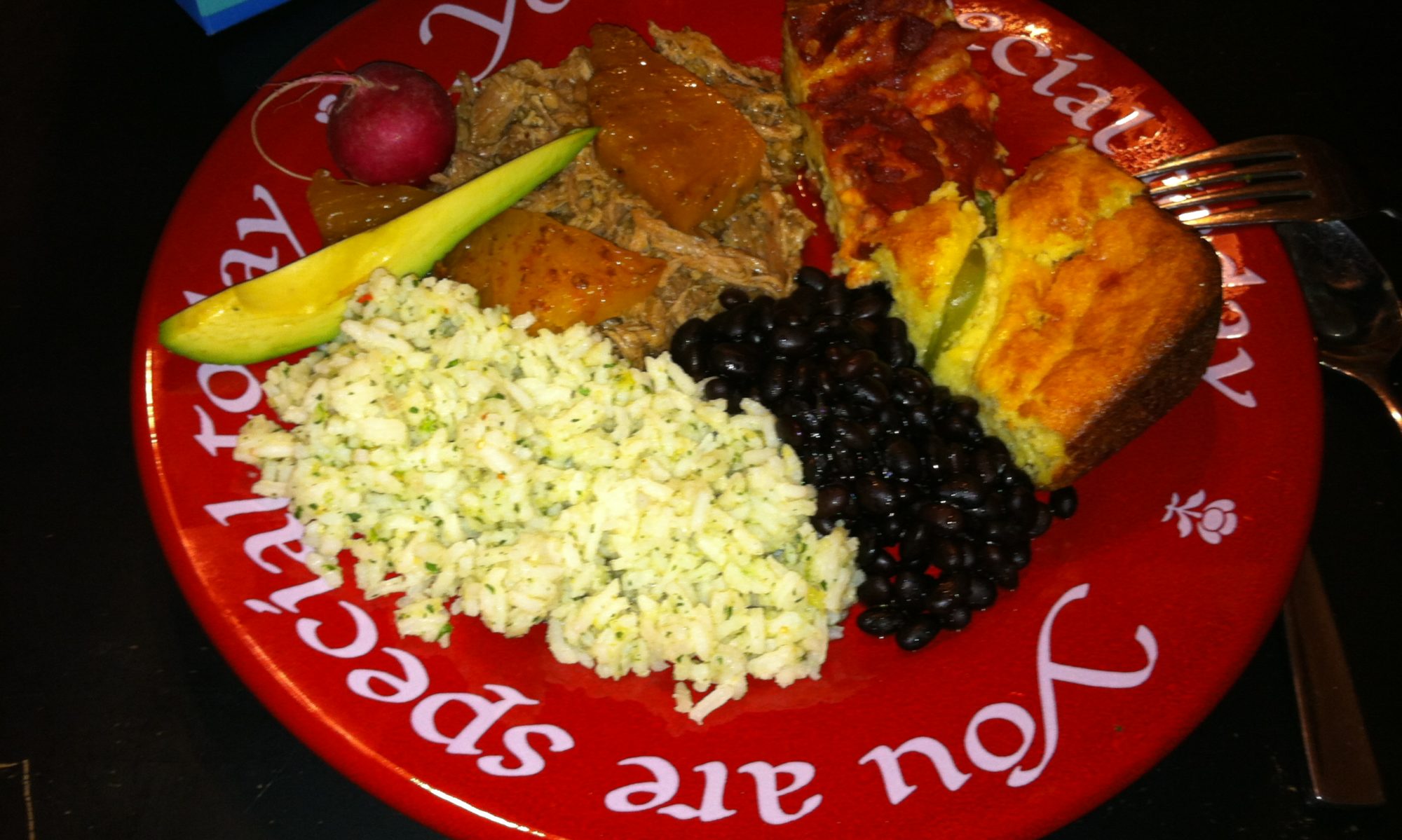During my freshman year in college, I took an entry-level sociology class. I candidly do not remember much from the class. After all, I was young and inexperienced. I still had a lot to learn about how social issues impact large groups of people.
Nonetheless, I learned a principle that has stuck with me for more than 40 years. Midway through the semester, the professor explained a concept that has forever changed how I view organizations.
When an organization is formed to address a cause, the continued existence of the organization becomes more important than the cause.
To emphasize his point, the professor referenced the March of Dimes, a group that was founded in 1938 to combat polio. The group was highly efficient in raising money to fight the dreaded disease. By the late 1950s, polio had been eradicated, thanks to the life-saving vaccine developed by Dr. Jonas Salk and funding from the March of Dimes.
My professor explained that the March of Dimes was a wonderful organization that had accomplished great things. The group came into existence to fight a horrible disease. And it succeeded in eliminating the disease.

But as a result of its success, the March of Dimes had a full-blown institution in place with no battle to fight. Rather than disband, the group changed its focus (today we would say it “rebranded” itself) from fighting polio to fighting birth defects because, as my professor cynically explained, “No one can ever eliminate all birth defects.” By changing its focus from fighting polio to fight birth defects, the March of Dimes became immortal.
My professor did not tell the story to condemn the March of Dimes. Rather, he referenced it to show the sociological phenomenon of institutional self-preservation.
I’ve thought about that principle repeatedly over the years. Every day, passionate people start new organizations to address serious social needs. Businesses, political organizations, and community groups all come to life around a common vision championed by true believers who are fervent in their desire to fight for their noble cause.
Over time, however, organizations that once operated on a shoestring can find themselves flush with cash. They hire professional staff to battle for their cause. The group accomplishes some worthwhile goal, which emboldens the organization to continue pursuing its cause. Gradually the focus of the organization changes from fighting for the cause to ensuring the continued existence of the organization, along with the attendant power, prestige, and paychecks that accompany the fight.
Consider the organizations that you belong to. Do they still meet the stated objectives that caused you to join? Or has the purpose of the group morphed into something other than what initially drew you into the group? If you and the organization no longer have compatible expectations, it may be time to leave the group. And if the organization has fulfilled its stated purpose, it may be time to disband the group.
Human nature recoils at shutting down a vibrant organization simply because it no longer fills the need it was created to address. Instead, once an organization is set into motion, it will grow and expand its reach as it morphs its mission to justify its continued existence.
Rather than seeking to fulfill an urgent need, the organization becomes a solution in search of a problem.








